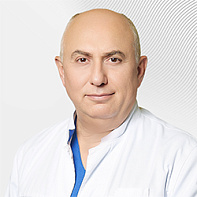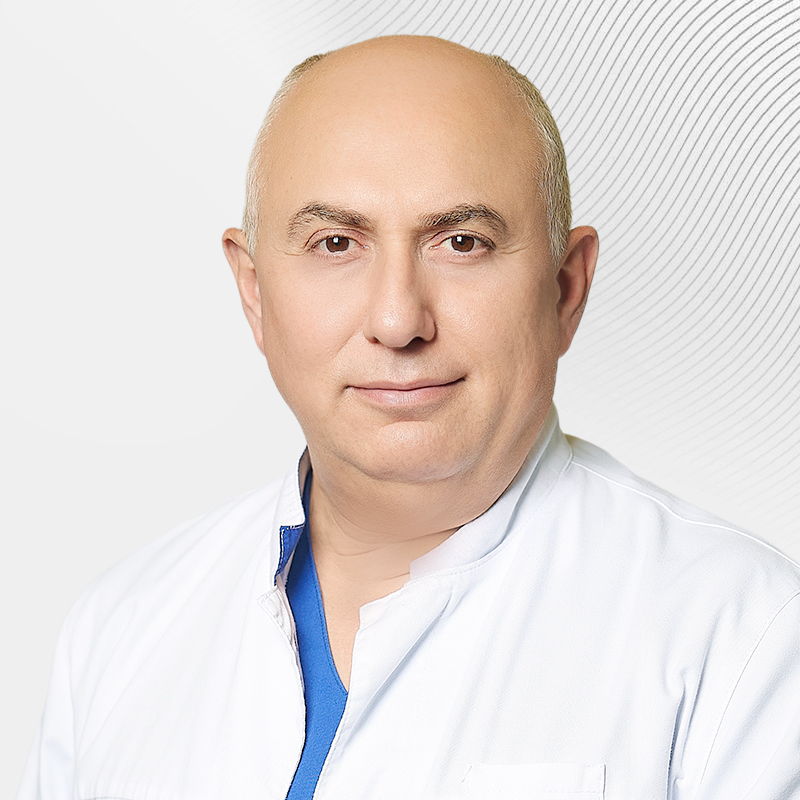Treatment of eye and eyelid diseases
There are many different eye diseases. In this article, we will take a closer look at the diseases of the eyelids, pterygium and chalazion. Many patients mistakenly consider the diseases listed above to be frivolous, not requiring an ophthalmologist's examination and treatment.
The pterygium is a flat, superficial, vascularized triangular-shaped conjunctival fold extending over the cornea. Without treatment, it gradually progresses, impairing vision. Antiallergic drugs are used to delay the growth of pterygium and prevent recurrence. Surgical treatment should preferably be performed in the early stages, when the film has not yet reached the central part of the cornea.
Chalazion is a chronic inflammation of the cartilage of the eyelids. It develops slowly, without visible inflammatory phenomena. It has the appearance of a small dense tumor measuring up to 5-6 mm or more. Chalazion often occurs against the background of metabolic disorders associated with diseases such as diabetes mellitus, peptic ulcer of the stomach or duodenum, and allergic diseases. Treatment is surgical removing the chalazion. It is advisable for the patient to be examined by a general practitioner before surgery. If necessary, consult an endocrinologist and an immunologist–allergist.
Inversion and inversion of the eyelid refer to diseases of the neuromuscular apparatus of the eyelids.
Inversion of the eyelids is an anomaly in the position of the lower eyelid, in which its edge and eyelashes lag behind the eyeball, the conjunctival surface is facing outward, which causes lacrimation. The main treatment method is surgical. If the eyelids are everted due to facial nerve paralysis, consultation with a neurologist and a neurosurgeon is indicated.
Eyelid inversion is an anomaly in the position of the eyelids, in which the edge of the eyelid and eyelashes are directed towards the eyeball. The inversion may be a consequence of a burn or injury to the eyelids or eyes, the cause of its development in this case is cicatricial deformity or conjunctival deficiency of the eyelids. In the place where the eyelashes touch the eyeball, conjunctival irritation and swelling occur, chronic conjunctivitis. In the future, due to corneal injury, keratopathy, pinpoint erosion of the cornea, corneal dystrophy, and even, in advanced situations, ulcerative keratitis, followed by the formation of an eyesore.
At EMC, you can get advice from an experienced ophthalmologist and undergo a full range of necessary examinations. If necessary, you will be asked to carry out therapeutic or surgical treatment of the detected pathology.
Get help
Specify your contacts and we will contact you to clarify the details.
Doctors

Elias Raid
Head of the EMC Ophthalmology Clinic, Ph.D. of Medical Sciences
-

Dmitriy Arzhukhanov
Ph.D. of Medical Sciences
-

Alfiya Bedredinova
Doctor of the highest category
-
.jpg)
Natalya Shilova
Ph.D. of Medical Sciences
-

Anna Semitko
-
.jpg)
Sergey Ignatiev
Ph.D. of Medical Sciences
-

Vitaliy Ivanov
-

Natalia Boscha
-

Oksana Levkina
Doctor of the highest category, Ph.D. of Medical Sciences
-

Viktor Makarov
Doctor of the highest category, Ph.D. of Medical Sciences
-

Elmira Sultanova
Doctor of the highest category, Ph.D. of Medical Sciences
-
Elias Raid
Head of the EMC Ophthalmology Clinic, Ph.D. of Medical Sciences
- Performs vision correction surgery
- He graduated from the MNTC "Eye Microsurgery" named after S.N.Fedorov. He has interned in various foreign clinics
- He worked in foreign clinics: Moorfields Eye Hospital,Heidelberg University Hospital,Centre Hospitalier Universitaire de Bordeaux
Total experience
34 years
Experience in EMC
since 1996




